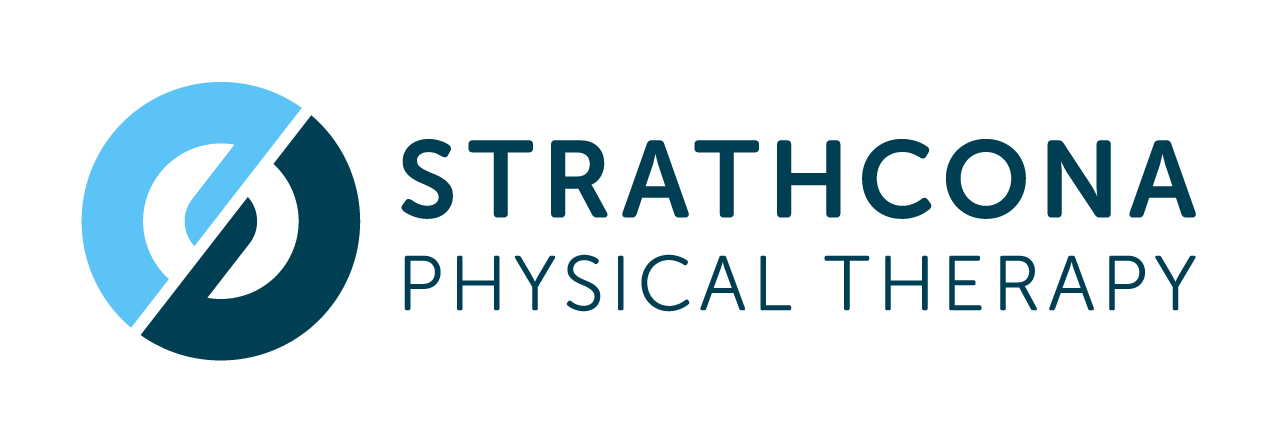Physiotherapy Management of Disc Herniation in the Cervical Spine
Disc herniation in the cervical spine, a common cause of neck pain and discomfort, occurs when the cushion-like discs between the vertebrae protrude out of their normal position. This condition can lead to nerve root compression, resulting in pain, numbness, or weakness in the neck, shoulders, arms, and even hands. Physiotherapy plays a crucial role in the management and rehabilitation of this condition, offering a non-surgical approach to alleviate symptoms and improve quality of life.
Understanding Cervical Disc Herniation
The cervical spine, comprising the first seven vertebrae of the spinal column, is responsible for supporting the head and facilitating its movements. Herniation typically results from degenerative changes, injury, or strain, causing the disc material to push against the spinal nerves.
Symptoms may vary depending on the location and severity of the herniation but often include:
Neck pain and stiffness
Radiating pain in the arms, shoulders, or hands
Numbness or tingling in the affected area
Muscle weakness
Physiotherapy Approach
Physiotherapy management for cervical disc herniation focuses on pain relief, restoring function, and preventing recurrence. The approach includes:
1. Pain Management
Manual Therapy: Techniques such as gentle spinal mobilization can help reduce pain and improve mobility.
Electrotherapy: Modalities like dry needling with or without electrical stimulation might provide significant pain relie.
2. Exercise Therapy
Stretching Exercises: To relieve muscle tension and improve flexibility.
Strengthening Exercises: Targeting the neck and upper back muscles to support the cervical spine.
Postural Exercises: To correct and maintain proper neck posture, reducing strain on the cervical discs.
3. Ergonomic Advice
Educating patients on proper posture and ergonomics, especially during work or activities that strain the neck.
4. Lifestyle Modifications
Guidance on activities to avoid or modify to prevent exacerbation of symptoms.
5. Home Exercise Program
Providing patients with a tailored exercise regimen to perform at home for continued improvement.
Recovery and Prevention
Recovery time varies depending on the severity of the herniation and the individual's response to therapy. Physiotherapists also emphasize the importance of preventative measures such as regular exercise, maintaining good posture, and ergonomic practices to minimize the risk of recurrence.
Conclusion
Physiotherapy offers a comprehensive approach to managing cervical disc herniation, focusing on relieving symptoms, restoring function, and educating patients on long-term spine health. With personalized care and commitment to the prescribed therapy program, patients can achieve significant improvements in their symptoms and prevent future spinal issues.
References:
"Physiotherapy for Cervical Spine Disorders" - Journal of Spine Health.
"Cervical Disc Herniation: Diagnosis and Management" - American Family Physician.
"The Role of Exercise in Treating Cervical Disc Herniation" - Physical Therapy Research Journal.
"Manual Therapy Techniques in Cervical Pain Management" - International Journal of Physiotherapy.
"Ergonomics and Postural Training in Cervical Disc Disease" - Spine Health Institute.
"Electrotherapy for Neck Pain Relief" - Journal of Pain Management.
"Long-term Outcomes of Cervical Disc Herniation with Physiotherapy" - Spine Disorders Medical Journal.
"Preventive Strategies in Cervical Spine Disorders" - Global Journal of Physiotherapy and Rehabilitation
